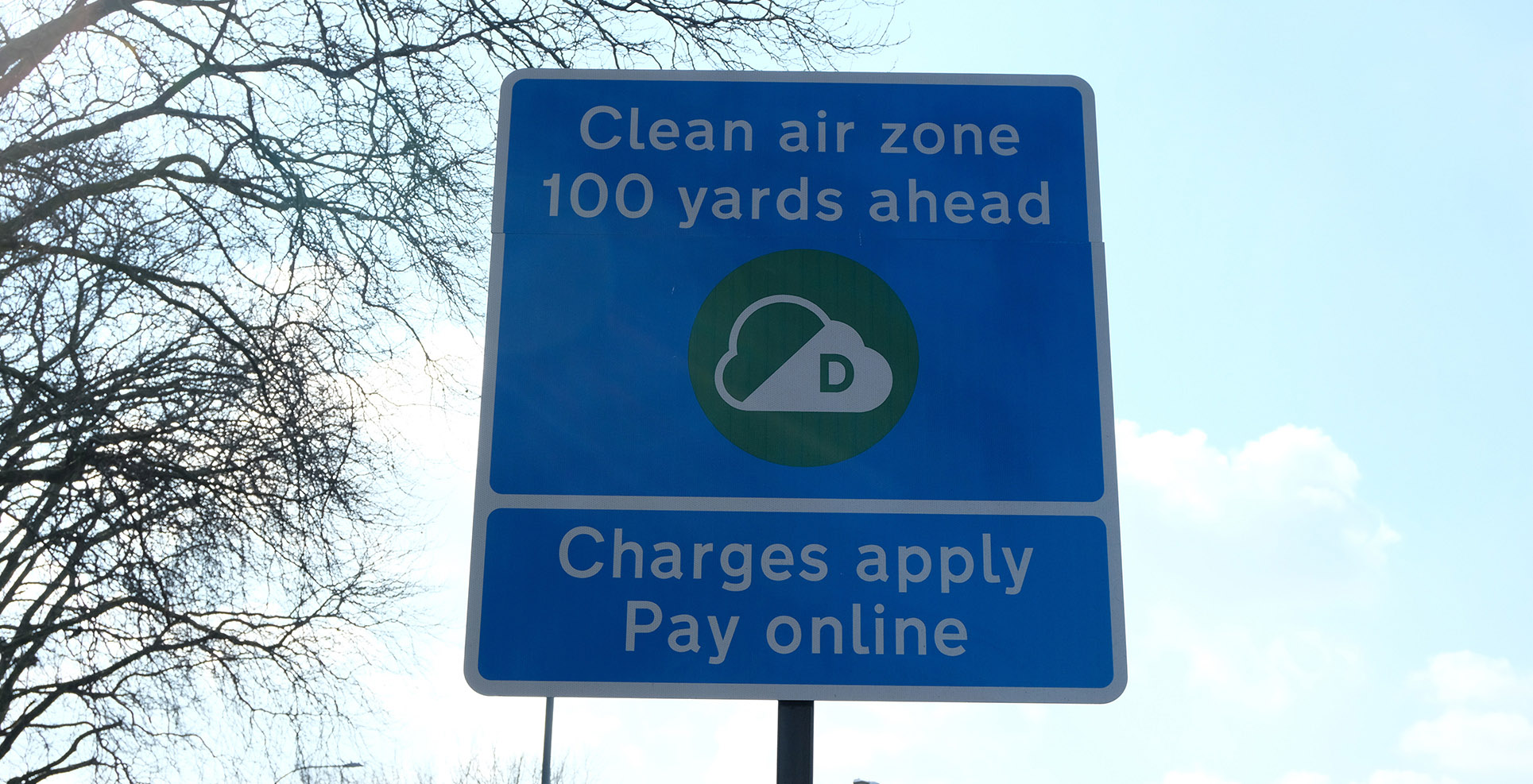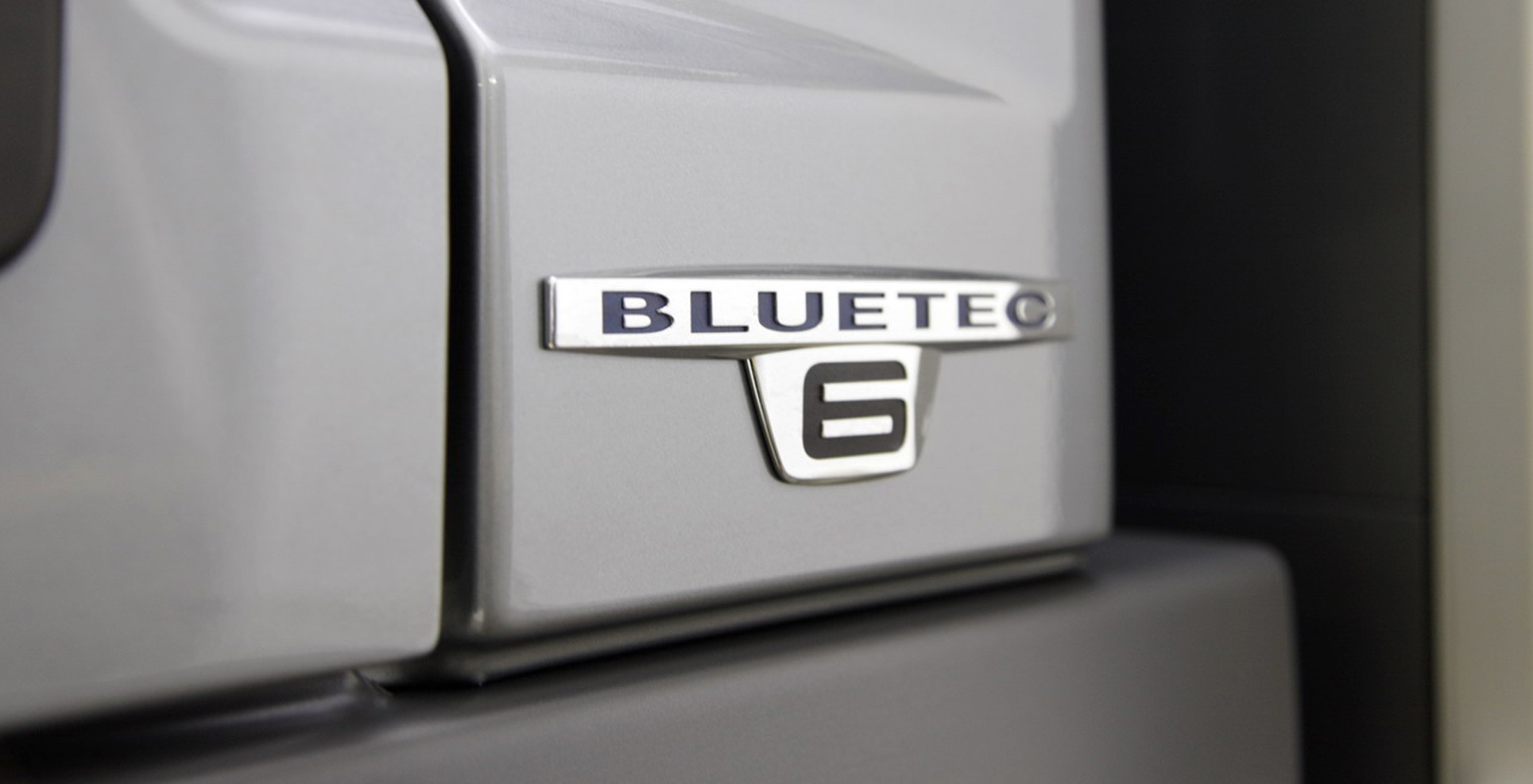Clean Air Zones (CAZ) | what UK road transport operators need to know
Clean Air Zones and how various UK cities’ evolving schemes impact logistics and other road transport operators’ 3.5t to HGV fleets.
Clean Air Zones and how various UK cities’ evolving schemes impact logistics and other road transport operators’ 3.5t to HGV fleets.
Few would deny that the majority of the world’s cities, large towns and major conurbations suffer from traffic congestion, subsequent noise issues and, most ominously, poor air quality significantly caused by vehicle emissions.
Clean Air Zones (CAZ) are being introduced across the UK, with a particular impact on HGV operators. Regardless of Brexit and the now likely no deal scenario, and indeed anything Europe does, CAZ are anticipated as becoming more and more widespread throughout England, forming another continuously evolving trend and consideration that road transport operators are encouraged to heed when planning fleet changes, compliance and other business decisions.
What are clean air zones, when did the trend start, and why?
The UK’s capital, London, has long been synonymous with vehicular air pollution in many boroughs and could be perceived as having set the wheels for a cleaner future in motion when TfL introduced and implemented the Low Emission Zone’ (LEZ) all the way back in 2008 under Labour’s last stint in power, with Gordon Brown at the helm. Phase one was launched while Ken Livingstone was installed at City Hall, and the second phase1 materialised a mere half a dozen months later following the mayoral election that saw none other than Boris Johnson, now prime minister, elected Mayor of London.
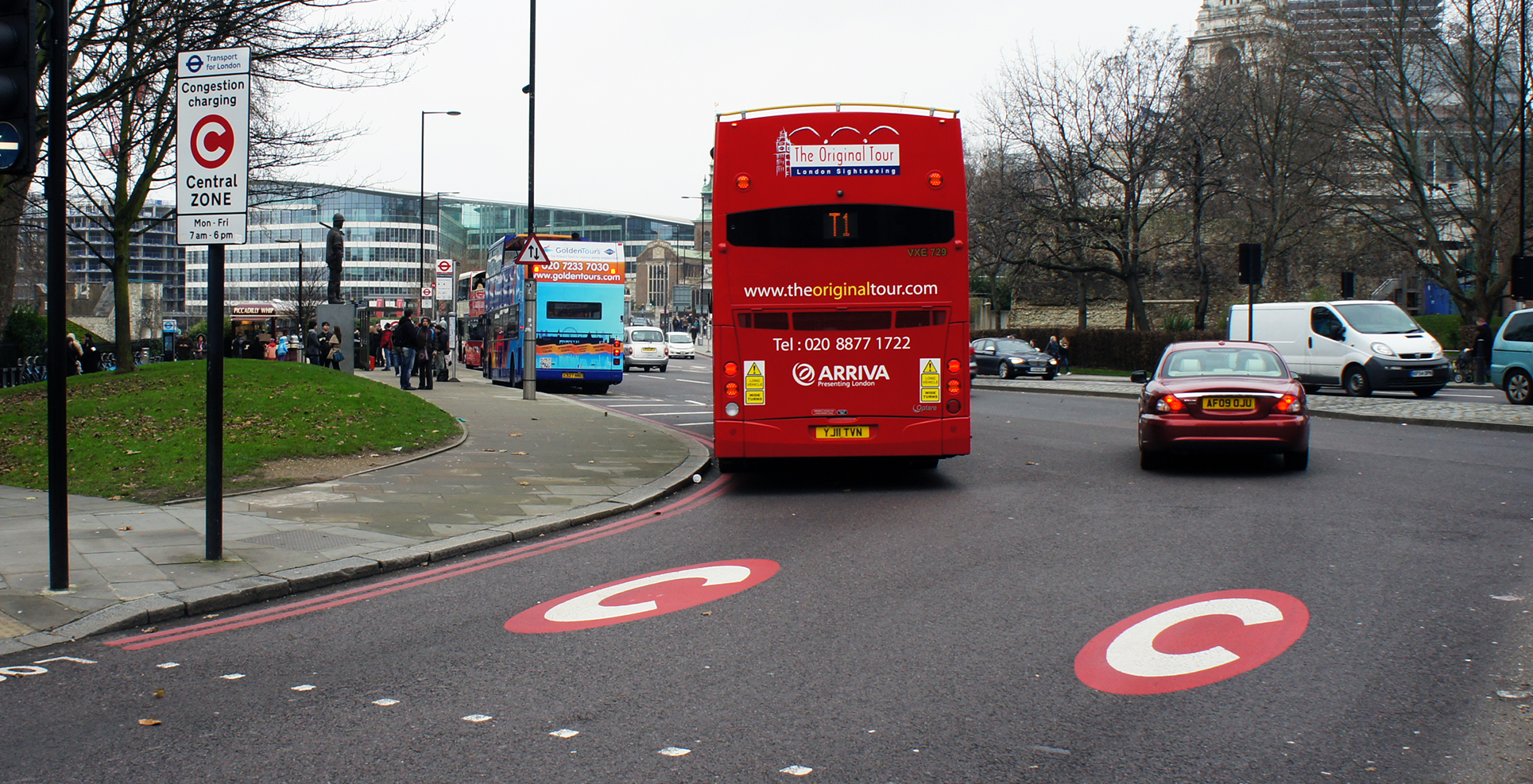
Lingering on context a little more, the reason behind London’s Low Emission Zone was provided in TfL’s ‘Impacts Monitoring Baseline Report’2 from July 2008, which stated that the scheme’s aim was “to contribute to improved air quality in Greater London by reducing emissions of particulate matter (PM10) from the more heavily-polluting road vehicles. The scheme will also have beneficial effects on emissions of other pollutants such as oxides of nitrogen (NOx)” which “local authorities and the Mayor of London have an obligation to work towards”.
TfL’s early, initial report explains that “Studies have shown that diesel-fuelled goods and service vehicles are responsible for disproportionate amounts of the total road traffic emissions of fine particulate matter (PM10)”, with phase one in February 2008 applying to HGVs exceeding 12 tonnes in maximum gross vehicle weight, while subsequent phases incrementally encompassed rigid vans and other light commercial vehicles of between 3.5t and 12t GVW.
With around 1,000 premature deaths in the capital in 2005 being attributed to poor outdoor air quality, at a time when concentrations of PM10 in Greater London were exceeding daily objectives by circa 7%, it was a logical step to introduce the Low Emission Zone (LEZ), despite Reuters3 reporting that “road hauliers are unhappy with the scheme, saying compliance will be expensive”, with the Freight Transport Association (FTA) commenting that they “don’t think the scheme as proposed will be effective… costing the industry a huge amount of money to comply and some of the smaller operators will struggle”. Countering those concerns, however, TfL identified at the time that only an arguably modest 10% of lorries over 12 tonnes didn’t meet Euro 3 particulate emissions standards of 0.05g/km, all trucks manufactured after October 2001 reportedly complying. The retrofit of exhaust scrubbers was recommended for non-compliant units. Commendably, TfL’s update4 in July 2008 purported that just 4% of trucks and rigids over 12 tonnes were in breach.
Fast forward to 2010 and two milestones occurred in the road to today’s clean air zones5. The government signed up to key agreements aiming to limit air pollution including nitrogen dioxide (NO2), and simultaneously pledged to publish an Air Quality Plan each time those limits were breached. Sadly, the seven subsequent years each resulted in contraventions, leading to legal challenges being made against the government by enviro-legal group ClientEarth6, resulting in 62 local authorities as of 2018 having received a directive to draw up their own tailored clean air zone plans.

Of note to intercontinental logistics operators whose vehicles venture into Europe, HGVs are banned at certain times in cities such as Paris in France29 and the Spanish capital Madrid30, in a bid to meet EU regulations to reduce HGV CO2 emissions31 by 15% by 2025.
Before considering which clean air zones (CAZ) are already in operation in the UK, which cities and towns are currently working towards implementation, and which schemes have been considerably revised or scrapped entirely, it’s worth revealing that, as of Q4 2020, air pollution is still said to cause around 40,000 deaths across the UK each year according to Royal College of Physicians data7, costing the NHS and other services over £20 billion annually.
Worse, though, is ClientEarth’s analysis of the government’s latest air quality plan as of October 2020 identifying that a sizeable 33 of the 43 national reporting zones were in breach of legal air pollution limits during the previous calendar year. Many people rightly felt a sense of optimism when air pollution fell during the first tranche of Covid-19 lockdowns, but lawyer Katie Nield’s sentiments8 that “it is clear that the pandemic will not solve the problem in the long-term, with pollution already lurching back to pre-lockdown levels” regrettably ring true – and some CAZ have disappointingly been postponed because of the Coronavirus pandemic, although it’s conversely fair to point out the very welcome pop-up and more permanent cycle lane initiatives implemented in Europe and, more locally, cities including Edinburgh9 and Bristol10.
The different types of clean air zones
- CAZ are split into charging zones that impose fees for vehicles driving in them, and non-charging derivatives that rely on other measures to reduce air pollution, such as extra cycle lanes, road layout improvements and enhanced public transport networks.
- Clean air zones are also subcategorised into classes A to D, all including HGVs except A.
- Currently, HGV truck tractor units, rigid vehicles and other heavy commercial iterations are exempt from clean air zone restrictions and charges if they meet Euro 6 (VI) emissions standards, which generally entails those registered after 2014.
What is the latest status of the UK’s existing or planned CAZ?
The Coronavirus/Covid-19 pandemic that has, to put it mildly, posed challenges for most individuals and businesses throughout 2020 and looks set to continue to have an impact into 2021, has resulted in some UK clean air zones being delayed, while some local authorities have decided to shelve them entirely.
In Coventry, for instance, the government has approved plans to reduce NO2 emissions without a clean air zone, and the city’s air quality plan measures are nearing approval17 according to the media. Derby won’t be getting a CAZ any time soon, Leeds has suspended its intended scheme25, phase two of Glasgow’s LEZ18 that will charge HGVs not meeting Euro VI standards after December 31st 2022 may now be delayed, and previously devised CAZ for Cardiff and Leicester have also been scrapped, partly due to expense19. Newcastle’s scheme still looks like it will proceed at some point in 2021 but it’s currently subject to legal challenges and other delays21, so the date of implementation remains very much up in the air. In Sheffield, a 33% drop in air pollution during the initial lockdown period has made the council think twice and consider alternatives24.
Bath
The city located in the south west county of Somerset and named after its Roman baths originally earmarked November 2020 for imposing a class C charging CAZ, but the introduction date has been nudged back to March 15th 2021. Trucks and lorries, categorised as HGVs, are in line for a £100 daily charge for pre-Euro VI N2 (over 3.5t) and N3 (over 12t) models that don’t meet the required emissions standards, but grants15 of up to £20,000 will be made available, demonstrating that clean air zones aren’t primarily designed to be punitive but, rather, to improve air quality for today and future generations until electric trucks and other vehicles are commonplace.
Birmingham
As truck manufacturer Scania explains14, Birmingham was expected to introduce its CAZ on July 1st 2020, covering all roads inside but excluding the actual A4540 Middleway Ring Road, but the launch date has been postponed into June 2021. Full details as they emerge are probably best obtained from Birmingham City Council’s #BrumBreathes website dedicated to the capital of the Midlands’ forthcoming CAZ.
To be welcomed is the organisers’ securing of a £10 million Heavy Duty Vehicle (HDV) Fund to support eligible businesses based within the clean air zone itself or the wider Birmingham and West Midlands areas. Up to £85,000 can be applied for by road freight transport operators, helping them access, implement or afford various measures from mechanical retrofitting expenditure and lease termination costs, through to relocating their businesses – which to some may seem like an extreme move.
Additionally, commercial vehicles registered within the CAZ and those with existing finance agreements will initially be offered exemptions for up to one year from the roll-out of Birmingham’s clean air zone.
We agree with Scania’s assertion that “there can be no doubt that minimising the polluting effects of vehicles is a priority for the transport industry” and it’s encouraging that the truck OEM is pouring considerable investment and research into renewal, zero-emissions fuels, from hydrogen tractor units to fully-electric rigids, with long-distance electric trucks no doubt to follow. Euro 6 units produce 80% less harmful exhaust emissions than their predecessors, and for road transport operators that don’t have access to the funds to purchase, finance or lease new trucks, buying used can prove an effective move.
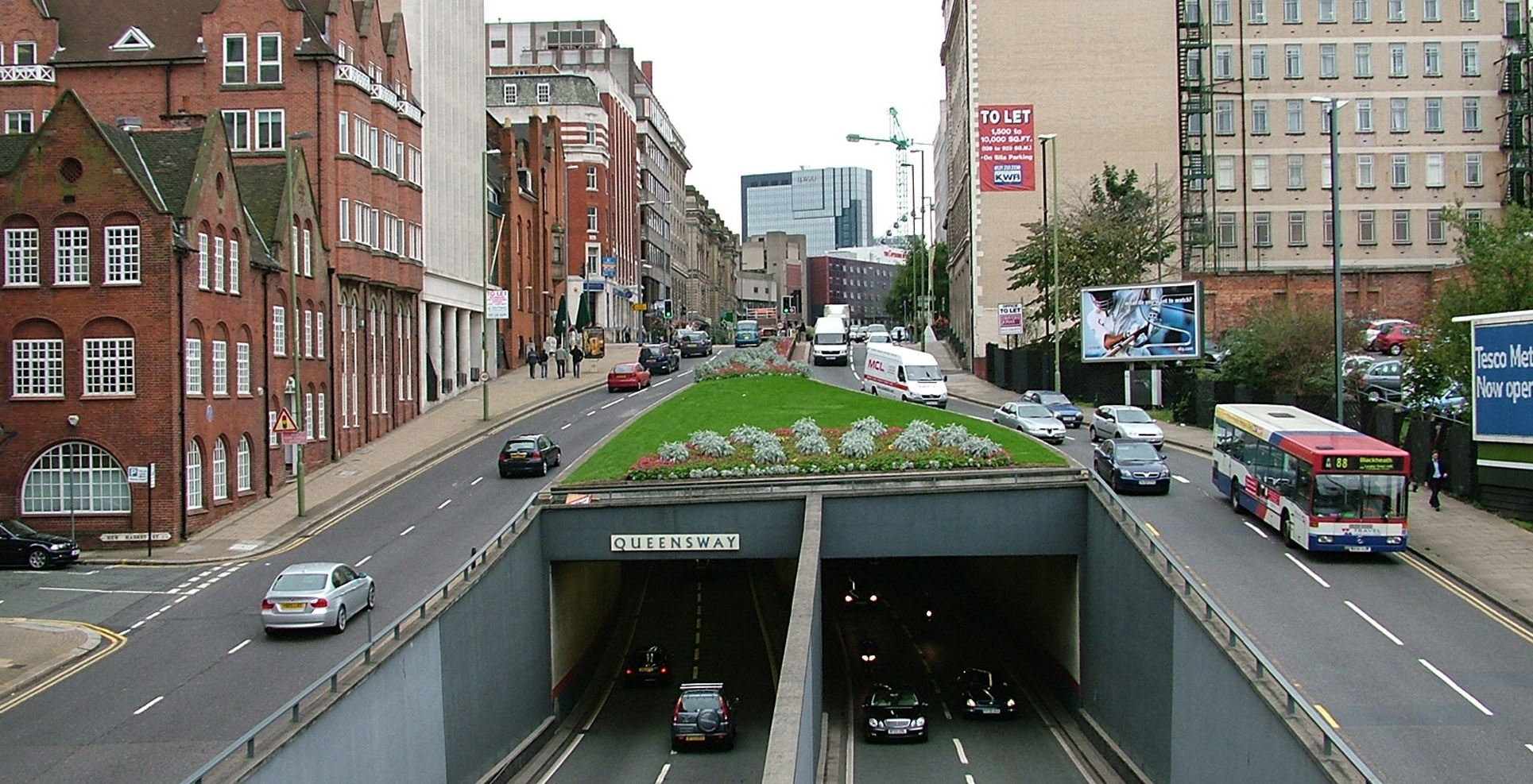
Bristol
This city’s bold plan to ban all, not just older and hence dirtier, diesel cars from its centre has unsurprisingly been derailed – by the government itself. A public consultation was undertaken in October 2020 with two options on the table, the first seeing a very compact CAZ introduced to charge more polluting commercial vehicles and private cars, the second envisaging a larger charging zone that only commercial vehicles would be charged to enter, which could run the risk of making truck operators feel unfairly vilified. However, it’s possible that Bristol won’t introduce a clean air zone at all, if its citizens and businesses are able to help maintain or even improve on the significant air quality strides that resulted from the Coronavirus lockdown and its reduced traffic volumes.
The Clean Air For Bristol website states in relation to a potential CAZ’s introduction that “We don’t want to do this unless we have to”, empathetically acknowledging that “some people rely on their vehicles and charging impacts the lowest income families the most”. Explaining the positive impact the pandemic has inadvertently had, it explains: “Covid-19 has changed the way we live and travel. Fewer cars on our roads has made the air we breathe much better and we have fast tracked changes to improve traffic, cycles and walking routes.” A stark warning follows, though: “But if air quality goes back to the way it was, we would need to put in a vehicle charging zone to improve it again.” And sadly, the Bristol Cable16 and other outlets report that “air pollution levels in Bristol city centre are getting close to pre-lockdown levels”, exceeding the legal level of 40μgm-3 in August and September, compared to May during which a remarkable 72% pollution reduction was witnessed compared to the previous year.
The HGV entry fee for Bristol’s clean air zone was previously mooted as £100 per day, but for now the city’s prospects remain unknown for couriers, parcel and supermarket delivery operators, hauliers, logistics and warehousing specialists and other road transport vehicles and fleets.
London
The acronyms LEZ (low emission zone) and ULEZ (ultra-low emission zone) are unique to London and are separate to the Congestion Charge, which costs £15 per day, seven days per week. HGVs11 not meeting the required emissions standards and hence non-compliant are currently required to pay a daily charge of £200 or £100 to enter London’s LEZ (Euro IV) and ULEZ (Euro VI) respectively.
The ULEZ essentially covers central London at the moment but, as time marches on and because many fleet operators are forward-thinking, the most pertinent geographical boundary12 to now note is the scheme’s expansion from October 2021 to encompass everywhere between the North Circular (A406) and South Circular (A205) roads. Before then, though, businesses will be mindful that the LEZ is set to become much tougher13 on March 1st 2021, levelling the playing field with ULEZ so that all commercial vehicles over 3.5t must meet Euro VI standards, which will be perceived by cyclists, pedestrians, environmentalists and many others as something to embrace, but will inevitably irk or pose financial or other challenges to some road transport operators.
Until the LEZ changes come into effect, TfL provides a very helpful checker, along with a list of affected vehicles, from vans, rigids and articulated lorries, to flatbeds, heavy vans and specialist vehicles.
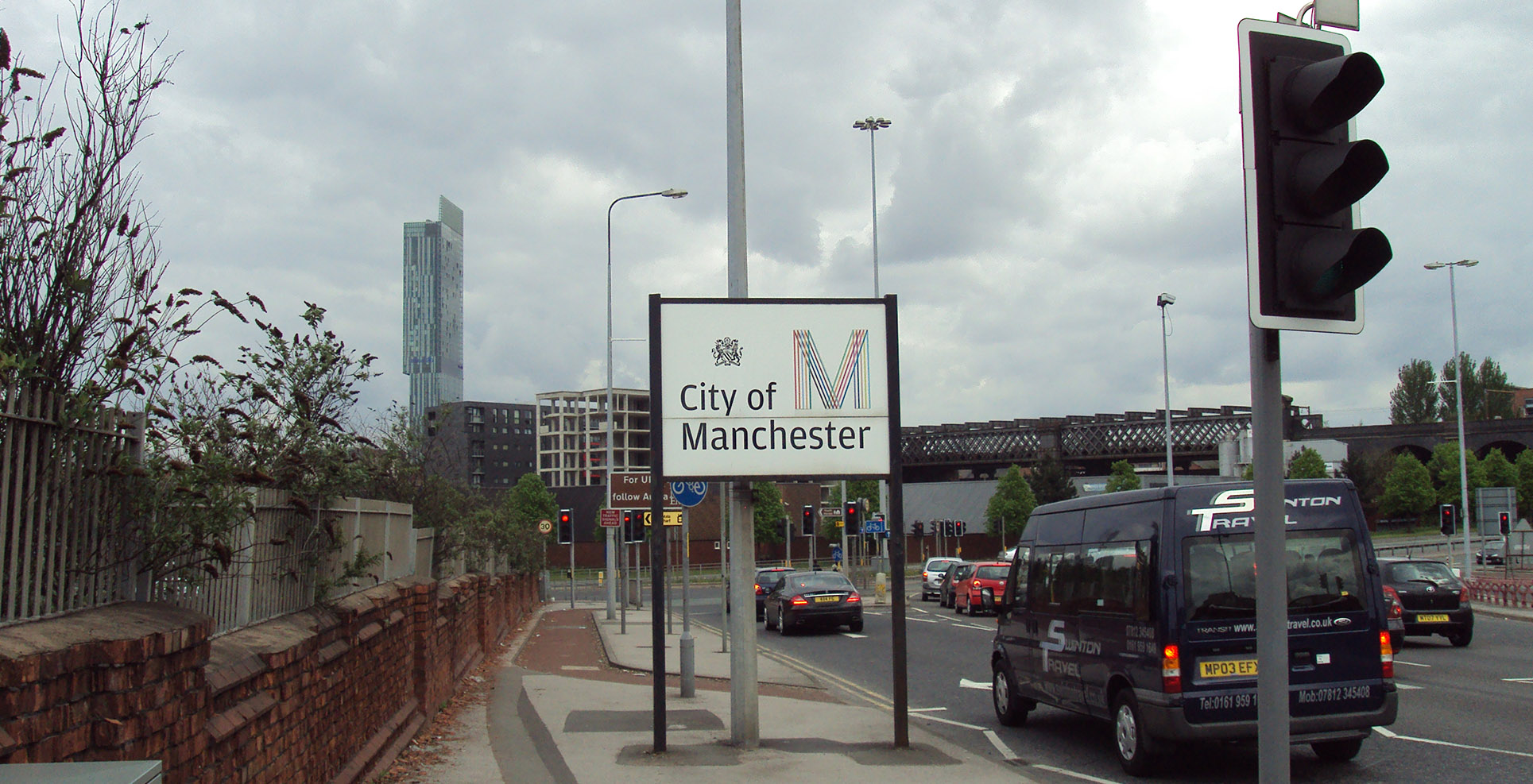
Manchester
The Northern Powerhouse city has been directed by Whitehall to introduce a category C clean air zone and it’s likely, according to the Clean Air for Greater Manchester website20, that buses, coaches and heavy goods vehicles (HGV) not meeting the ‘Euro retro 6 standard’ will be charged £60 per day from spring 2022, while taxis and private hire vehicles will be charged £7.50, but light goods vehicle (LGV) van operators will welcome the news that they won’t be charged until 2023 thanks to a temporary exemption. Just like London’s ULEZ and LEZ, Manchester’s CAZ won’t include motorways and major ring roads such as the M60 themselves, because these are maintained by Highways England, but the city’s proposed boundary will likely extend as far west as Ince-in-Makerfield, as north as Littleborough on the top side of the M62, as far south as Wilmslow in Cheshire, and across to Saddleworth on the other side of Stalybridge to the east.
Oxford
With welcome pragmatism reflecting the challenging times we live in amidst Coronavirus, not to mention Brexit, Oxford is set to delay the introduction of its Zero Emissions Zone (ZEZ) from December 2020 to summer 2021, stating22: “recognise that businesses and residents across the city, including those in the Red Zone, need to focus all of their attention on managing the current and potential impacts on their trade and way of life. The councils have therefore decided that during this period of uncertainty, businesses should not be expected to devote time to the detailed logistical planning required for the Oxford ZEZ.”
Remarkably fairly, Oxford’s planned charges seem to level the vehicular playing field, with the same £10 fee charged to private cars, 3.5t light commercial vehicles and HGVs alike, rising to £20 by 2030, which seems very reasonable compared to some schemes’ much higher daily fees, which the RHA previously asserted could “equate to an additional 25% on the daily running cost of a non-compliant vehicle” with “SMEs and small businesses that will be worst affected.”
To qualify as fee-exempt under Oxford’s ZEZ, a truck exceeding 3.5 tonnes must produce “CO2 emissions at least 50% less than the equivalent conventional Euro VI vehicle of the same category and provide at least 10 miles zero emission range.”
Oxford City Council says that it will continuously “review zero emission standard for large vans and lorries in light of [the] Ultra Low Emission Truck (ULET) standard, when available…in order to address concerns about consistency with national guidance.”, which will be welcome news for road transport fleet managers seeking to adopt plug-in hybrid or all-electric trucks.
The future of UK clean air zones
Until Covid-19 with its lockdowns and ensuing reductions in traffic pollution were added to local authorities’ equations, the UK looked like it was on a one-way trajectory with the inevitable roll-out of some kind of clean air zone in every city along with some towns and general conurbations.
Back in July 2018, the Road Haulage Association (RHA) stated that “HGVs are an integral part of the economy at a national, regional and local level. Currently, there are no commercially or operationally viable alternatives to diesel in terms of HGV motive power. Over 90% of everything the public eat, drink, wear and build with travels on an HGV at some point in the supply chain.” Humbling words, with the latter part of the quote still ringing true, but it’s fair to say that plug-in hybrid, hydrogen and EV trucks development has progressed considerably since them, presenting alternative fuels for transport managers to consider.
A lot of the body’s ‘Clean Air Zones and HGVs’ factsheet26 (which was jointly promoted by the BVRLA27) is now outdated in terms of retrofitting, technologies and policies, but the RHA’s view that “trucks are not the only source of NOx and hauliers should not be asked to bear the greatest burden in reducing emissions” certainly sounds understandable. We would also agree that HGVs shouldn’t appear to be primarily targeted by any city’s CAZ. Taxis and other older diesel vehicles do indeed contribute significantly towards air pollution, whereas larger rigid trucks have payloads the equivalent of twenty vans’ worth so are relatively clean and ultimately take up less space on the road.

Lancashire-based logistics and storage operator, the Barnes Group, asks “Do clean air zones have a future?” on its blog and fairly says that “the decision to implement Clean Air Zones is one not necessarily welcomed by the logistics industry, as these zones and subsequent charges could have a detrimental impact on services and the day-to-day running of logistics providers”. They argue that “longer driving routes mean more time on the roads and more emissions” if certain operators choose to avoid fines but rack up more miles as a result, and that “delayed service times could impact industries with a need for speed such as medical and groceries”, which sound like sensible reasonings.
Interestingly, the Barnes Group’s article28 points to Southampton as a possible model for future CAZ adoption met with success, with initiatives such as freight consolidation reducing the number of HGV journeys into the city’s heart, while placing more attention on non-compliant taxis.
Something undeniably needs to be done to make the world’s cities and towns cleaner for today and for future generations, and targets on a European and global level are to be embraced and worked towards as far as is feasible. Brexit in the UK’s case must not be used as an excuse to kick dealing with air pollution into the long grass, but conversely, hauliers and other businesses should be given more time to adapt their fleets in the face of substantial changes and expenses. Excitingly, car and truck manufacturers regularly announce strides in electrification, but such vehicles’ relatively more expensive purchase or leasing prices will always preclude a percentage of fleets and individuals alike. Recognising the vital role that logistics providers and other ‘key workers’ have always played, not just during the Coronavirus pandemic, it’s essential that clean air zones are implemented fairly over the coming months and years.
© Tiger Trailers Limited, 2020
Sources:
1. https://tfl.gov.uk/info-for/media/press-releases/2008/july/second-phase-of-london-low-emission-zone-has-started
2. http://content.tfl.gov.uk/lez-impacts-monitoring-baseline-report-2008-07.pdf
3. https://uk.reuters.com/article/uk-britain-emissions/london-launches-low-emission-zone-idUKL0172837320080204
4. https://tfl.gov.uk/info-for/media/press-releases/2008/july/second-phase-of-london-low-emission-zone-has-started
5. https://insights.leaseplan.co.uk/fleet-management/sustainability/clean-air-zones-explained/
6. https://www.theguardian.com/environment/2017/jul/05/tory-air-pollution-plans-ruled-not-unlawful-as-they-are-in-draft-form
7. https://www.barclayscorporate.com/insights/sustainability/clean-air-zones/
8. https://airqualitynews.com/2020/10/08/75-of-air-quality-zones-are-in-breach-of-the-legal-limits/
9. edinburghnews.scotsman.com/news/politics/council/edinburgh-city-council-bring-raft-new-cycle-lanes-and-restrictions-part-controversial-spaces-people-scheme-3028467
10. https://www.bristolpost.co.uk/news/bristol-news/bristol-mayor-admits-new-cycle-4669552
11. https://tfl.gov.uk/modes/driving/charges-for-driving-in-london#on-this-page-5
12. https://tfl.gov.uk/modes/driving/ultra-low-emission-zone/ulez-expansion
13. https://tfl.gov.uk/modes/driving/low-emission-zone/changes-to-the-lez
14. https://www.scania.com/uk/en/truckeast/experience/news/2020/02/clean-air-zones-to-get-stricter-in-london-and-around-the-uk.html
15. https://www.bathecho.co.uk/news/community/council-launch-date-proposed-clean-air-zone-91978/
16. https://thebristolcable.org/2020/10/air-pollution-close-to-pre-lockdown-levels-in-bristol-city-centre-as-battle-for-solutions-hots-up/
17. https://www.coventrytelegraph.net/news/coventry-news/air-quality-plans-near-approval-19226829
18. https://www.glasgow.gov.uk/article/25321/Will-Your-Vehicle-Comply-with-Glasgows-LEZ-emission-standards
19. https://www.rac.co.uk/drive/advice/emissions/clean-air-zones/
20. https://cleanairgm.com/clean-air-zone
21. https://www.chroniclelive.co.uk/news/north-east-news/newcastle-clean-air-zone-delay-19149692
22. https://www.oxford.gov.uk/info/20299/air_quality_projects/1305/oxford_zero_emission_zone_zez
23. https://www.oxford.gov.uk/download/downloads/id/7112/final_zez_red_zone_proposals_march_2020.pdf
24. https://airqualitynews.com/2020/09/11/sheffield-city-council-to-axe-clean-air-zone-plans/
25. https://www.leeds.gov.uk/business/environmental-health-for-business/air-quality
26. https://www.rha.uk.net/getmedia/d0c1382e-6264-4bc0-a8c2-159ce62c6136/Clean-Air-Zones-and-HGVs.pdf.aspx

